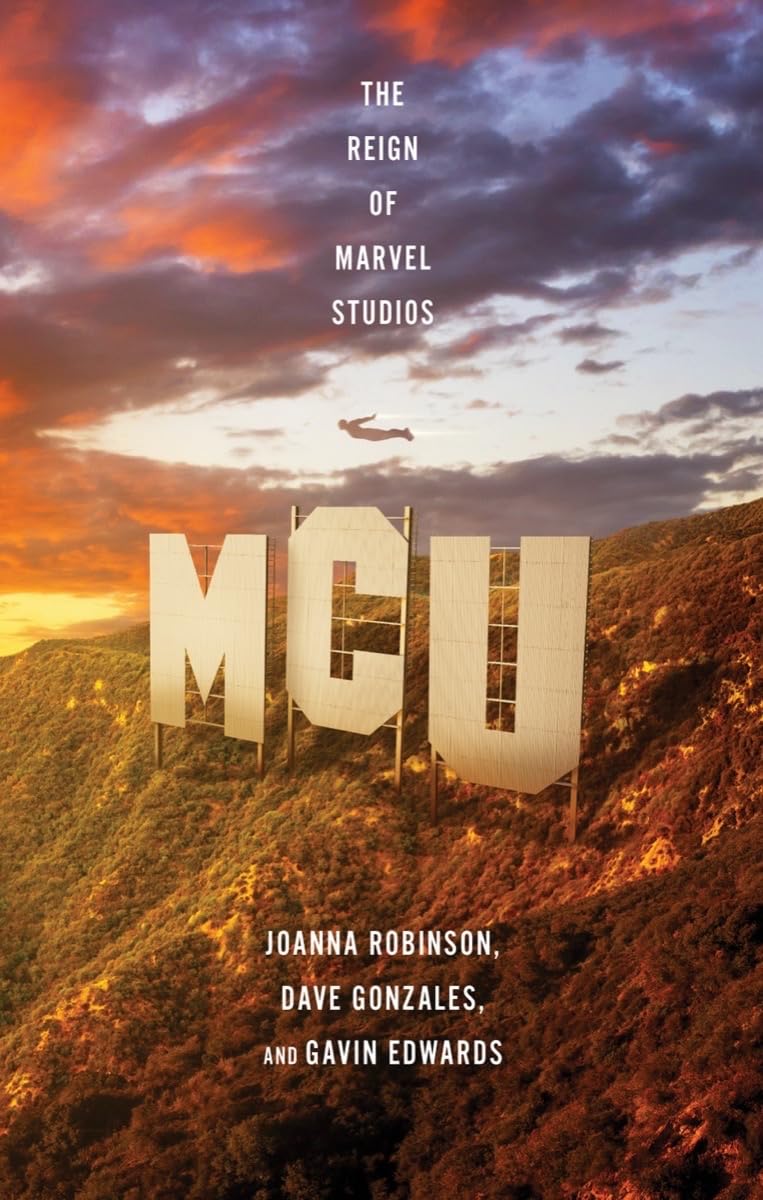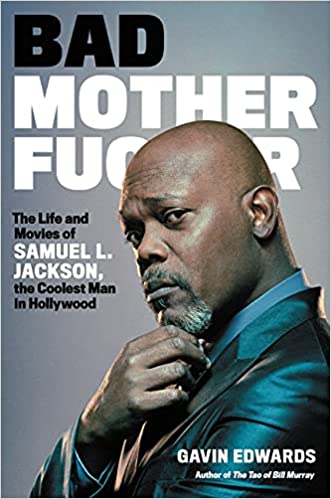Dr. Luke
Dr. Luke, the most reliable hitmaker in the music business today, is sitting in an expensive Los Angeles studio drinking milk out of a freshly cracked coconut, editing kick-drum sounds. He looks like a camp counselor who just rolled out of bed: tousled hair, yellow Lacoste shirt and white flip-flops. His clients, the teenage pop-rap group New Boyz, sit on a couch with their laptops open, tweeting away. Luke’s assistant brings him a hookah loaded with apple-flabored tobacco. Sucking on the nozzle, he listens to his work and pronounces a verdict: “It needs lasers! And cymbals. How can it be a hit without lasers and cymbals?”
Scientific research suggests that pop radio would still exist without Dr. Luke –it would just be a lot less fun. Some of the hit singles Luke has had a hand in writing or producing: Ke$ha’s “TiK ToK,” Flo Rida’s “Right Round,” Katy Perry’s “I Kissed a Girl,” Avril Lavigne’s “Girlfriend,” Kelly Clarkson’s “Since U Been Gone,” and last year’s inescapable anthem, Miley Cyrus’s “Party in the U.S.A.”
“Somebody should straight-up extract his brain juice,” says Ke$ha. “He farts hit songs.”
“People can get one Number One single by accident, even two,” says the 36-year-old Luke. “But once you get three…” The going rate for a producer of his stature is more than $100,000 a track. He works hard in the studio but keeps the atmosphere loose. When he was toiling on Perry’s new album, Perry borrowed Luke’s laptop and tweeted as him, asking if it was normal to find himself attracted to boys. Luke retaliated by tweeting as Perry, and her 2 million followers read, “Is it normal to have the recurrent rash with blisters on my vagina?”
Tonight, Luke has relinquished the seat at his laptop to a sleepy-eyed young producer named Ammo. “I want big stadium rave chords,” Luke instructs him. He asks the New Boyz if the beat is something they could rap to. Ben J., 18, nods and says, “That shit is tight.”
Luke switches from one keyboard to another. After layering four synth parts, he has a groovy sci-fi hip-hop track. Luke listens to the playback, and judges, “There’s anthemic energy.” He puts one ironic fist in the air and saves the file as “UR MOMMA.”
Dr. Luke, born Lukasz Gottwald, grew up in New York, the child of an architect and an interior designer. He bought his first record when he was in the third grade: the Sugarhill Gang’s “Rapper’s Delight.” When he was 13, he picked up his older sister’s guitar and taught himself to play the B-52’s’ “Rock Lobster.” That led him to more classic rock, blues, and for two years, nothing but jazz. He was also a teenage drug dealer. “I was 15 years old and walking around with $15,000 in my pocket,” Luke says. “I was stupid–I’d jump the turnstile in the subway station with a few pounds of weed in my backpack.” (He says he usually sold a pound at a time, to “other dealers mostly.”) Luke got kicked out of several private schools, including St. Luke’s and the Little Red School House–but he didn’t quit dealing until he turned 17 and his guitar teacher told him he needed to stop if he wanted to get serious about music. While many parents might have been worried about a child skipping college to become a musician, Luke’s folks regarded this new career choice as a serious upgrade.
Luke paid his rent playing guitar in sessions and for commercials. In 1997, when he was 24, he got a plum job as the lead guitarist in the Saturday Night Live house band; he stayed for a decade. In his spare time, he did remixes of hip-hop singles (he got tagged with the Dr. Luke name during a Mos Def session), and made electronic music with a DJ called Liquid Todd. Luke began to draw attention from labels. “I got three record deals and I wasn’t even trying,” he recalls. “But I never wanted to be on the front of the stage, so I convinced the record company I needed money to build my studio. And I got dropped before the studio got built.”
Undeterred, Luke started DJ’ing–his first gig was an opening slot for the Chemical Brothers, which he got through with his hands shaking. He kept practicing and became a regular at new York clubs. He got friendly with Max Martin, the hugely successful Swedish producer-songwriter, and eventually Luke and Martin wrote some songs together. The first one was “Since U Been Gone.” The inspiration: when they listened to indie rock bands, like the Hives and the Strokes, Martin complained, “Why can’t they just write a hit chorus?” Luke and Martin became frequent collaborators, masters of taking a simple idea and making it feel inevitable. “What’s really hard about producing is getting to the point,” Martin says. “There’s a tendency to float away and add too much shit. Luke’s always been particular about getting to the point.”
Luke tries to avoid the parts of the music business he regards as not fun–such as the ongoing search for the next boy band. “Everybody is looking for a kid group,” he says. “I know it makes sense from a business point of view, but not from a creative standpoint. Would you let kids rewrite the Constitution? Well, maybe they shouldn’t be singing about love or despair.”
On another night in the studio, Luke constructs a track for rapper B.o.B., spending hours fiddling with Pro Tools, meticulously tweaking every detail. He stays up until 3:30 a.m., hunched over the computer while his engineer sleeps on the studio couch. “Could I have farmed it out?” Luke asks later. “Probably, but I know how I want it to be done, and then it’s just done once.”
That’s how the doctor works, says Perry: “My experience with Luke is different than all my other experiences with producers. We do five or six choruses before we find the right one. Until it’s pure ABBA perfection, it’s not coming out.”
Article by Gavin Edwards. Originally published (as “Dr. Luke’s Awesomely Trashy Pop Sound Is Ruling the Airwaves”) in Rolling Stone 1103 (April 29, 2010).


